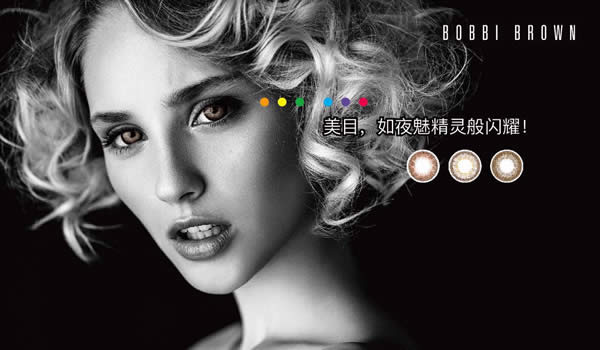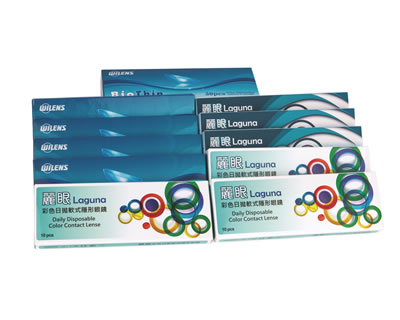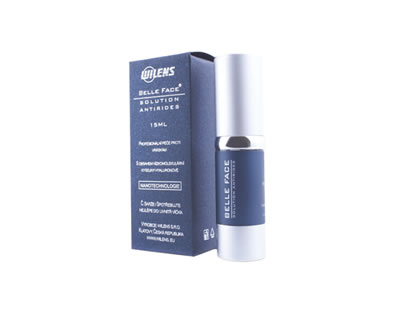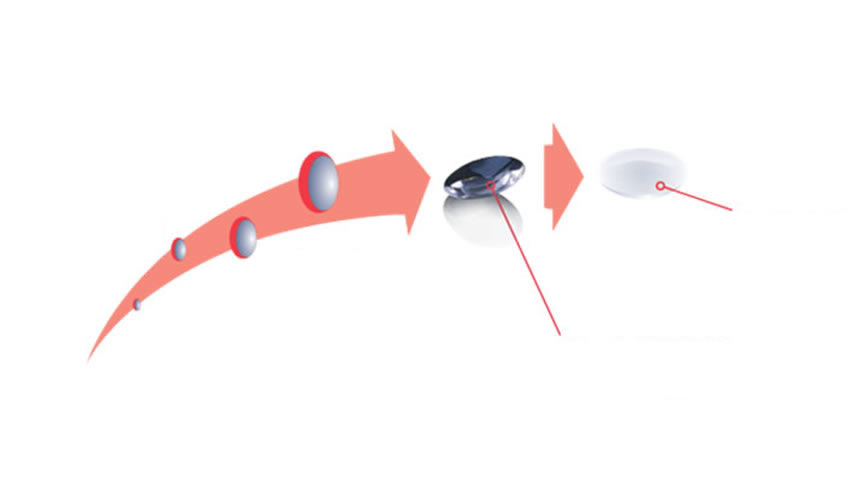Artificial intraocular lens

1985 Professor Otto Wichterle (inventor of soft contact lenses) and his team developed the first generation of artificial lens with a center thickness of 4 mm. In 1992, the research and development team uses WIGEL material to manufacture the first generation of artificial polyfocal accommodative hydrogel intraocular lens and implanted by incision of about 7 mm wide in the eye.
WILENS IOL
WILENS – How similar they really are?
| Natural lens | WILENS |
| Structured natural hydrogel from proteoglycans collagen/composite | WIGEL® synthetic hydrogel from cross-linked metacrylic copolymer |
| Water content about 66% | Water content about 42 % |
| Refractive index 1,42 (age-dependent) | Refractive index 1,43 |
| Smooth, highly hydrated surface, resistant to protein adsorption and cell attachment | Smooth, highly hydrated surface, resistant to protein adsorption and cell attachment |
| Glare-free optics with antireflective surface | Glare-free optics with antireflective surface |
| Negative charge due to carboxylate and sulphate groups | Negative charge due to carboxylate groups |
| UV absorbent material | UV absorbent pendant groups |
WILENS IOL
We got inspired by nature
| Natural young crystalline lens = ideal accommodating IOL | WILENS = the first bioanalogic IOL |
| Large-diameter optics (9-10 mm effective diameter) enable peripheral vision and vision under low-light conditions | Large-diameter optics (8 to 9 mm effective diameter compared to 4,5-6 mm optics diameter for other current IOLs) enables peripheral vision and vision under low-light conditions |
| Glare-free optics with anti-reflective surface | Glare-free optics with antireflective surface |
| Wide accommodation range of up to 10 diopters (decreasing with age, approx. 2 diopters at the age of 42-50) | Accommodation range exceeding 2 diopters with long-term stability of the effect |
| Implantation through 0 mm incision (grows in situ) | Implantation through 2,5 – 2,8 mm incision for most of optical powers |
| Filling the space between iris and vitreous body | Filling the space of the posterior capsule |
| Hydrogel-like tissue with high negative charge density | Hydrogel with high biocompatibility and negative charge |
| Long-lasting service (typically 40 years including accommodation) | Long-lasting service (more than 12 years including accommodation by the current state of documented experience) |
| UV- absorption capability | UV- absorption capability |









